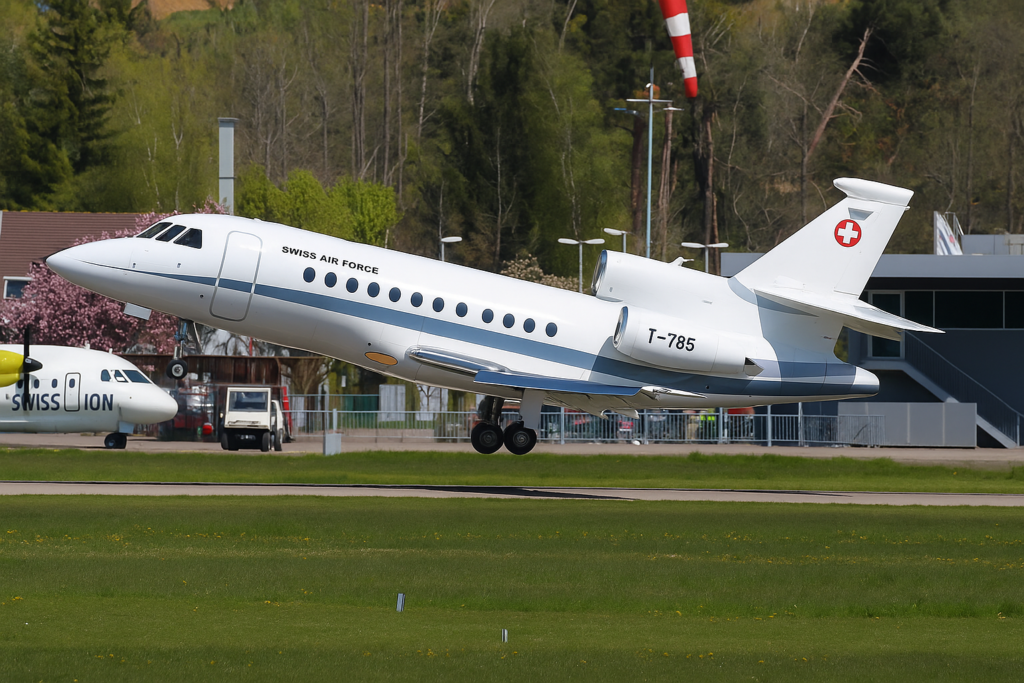Private jets have always been a dream for many of us. Who wouldn’t love skipping crowded airports, flying on your own schedule, and feeling like a VIP? But let’s face it—owning a private jet outright is out of reach for most people. That’s where fractional ownership steps in. It’s a clever solution that made private jet travel possible for more than just billionaires. But where did this idea come from? And how did it become such a big deal? Let’s rewind a bit. In this article we will dive deep into the history behind fractional jet ownership.
The Early Days: History Behind Fractional Jet Ownership
Fractional ownership didn’t just pop out of thin air. History behind fractional jet ownership goes back in the 1980s, Richard Santulli, a guy with a knack for numbers and business, noticed a trend. He saw that private jet owners weren’t using their jets as much as you’d expect. Think about it—most planes were sitting idle for days, even weeks.
Santulli thought, “What if multiple people shared the cost of one jet instead of each person buying their own?” It wasn’t a brand-new idea (timeshares in real estate were already a thing), but applying it to aviation was fresh. And it made sense! By pooling resources, more people could access private jets without burning through their entire bank account.
In 1986, Executive Jet Aviation, which later became NetJets, officially launched the first fractional ownership program. It was a game-changer. Here is what NetJets says about the history behind fractional jet ownership – How Fractional Ownership was born
The 1990s: Fractional Ownership Takes Off
In the history behind fractional jet ownership, the ’90s were when things really got rolling. The economy was booming, and businesses were expanding. For executives juggling tight schedules and global meetings, flying commercials just wasn’t cutting it. Fractional ownership offered a middle ground—it was more affordable than outright ownership but way more convenient than flying first class.
NetJets wasn’t alone for long. Competitors like Flexjet and Flight Options joined the race, bringing their own spin to fractional programs. The competition made things better for customers: more planes, more flexibility, and better perks. It wasn’t just about getting from Point A to Point B; it was about traveling in style and comfort without breaking the bank.
Why People Loved Fractional Jet Ownership
Here’s the thing about fractional ownership: it just made sense. You didn’t have to deal with the headaches of maintaining a jet—no worrying about repairs, storage, or hiring pilots. The operating company handled all of that.
Plus, it saved time. You could book a jet on short notice, skip airport lines, and fly directly to your destination. For busy people, this kind of flexibility was priceless. It was like having your cake and eating it too.
Hitting Turbulences in The History behind fractional jet ownership
Of course, there were some bumps along the way. The 2008 financial crisis shook up the private aviation industry. Companies had to adapt as clients cut back on spending. To survive, many fractional ownership providers got creative. They started offering jet cards (basically pre-paid flight hours) and on-demand charter services for people who didn’t want the long-term commitment of a fractional share.
There was also competition from full-service charters. Some travelers realized that if they weren’t flying often, it made more sense to just rent a jet when needed. This forced fractional ownership programs to double down on what made them unique: guaranteed access, consistency, and top-notch service.
Fractional Ownership Today
Fast forward to now, and fractional ownership is still going strong. Booking is easier than ever—most companies have apps where you can request a jet in just a few taps. The variety of aircraft has grown too. Whether you need a light jet for a quick trip or a heavy jet for a transatlantic flight, there’s something for everyone.
Sustainability is also becoming a priority. Many companies are working on offsetting carbon emissions and exploring greener aviation options. It’s a small step toward making private jet travel more eco-friendly.
Why It Still Matters
The history behind fractional jet ownership is a very intriguing one. Fractional ownership changed the game for private aviation. It bridged the gap between full ownership and commercial travel, opening up private jets to a much larger audience. And while the concept has evolved over the years, the core idea—sharing the cost and benefits—remains the same. To understand the fundamentals of fractional jet ownership, give this article a read –What is Fractional Jet Ownership?
The next time you hear about someone flying private, remember: they might not own the whole jet. They might just be a fractional owner, enjoying the perks of smart, shared travel.



